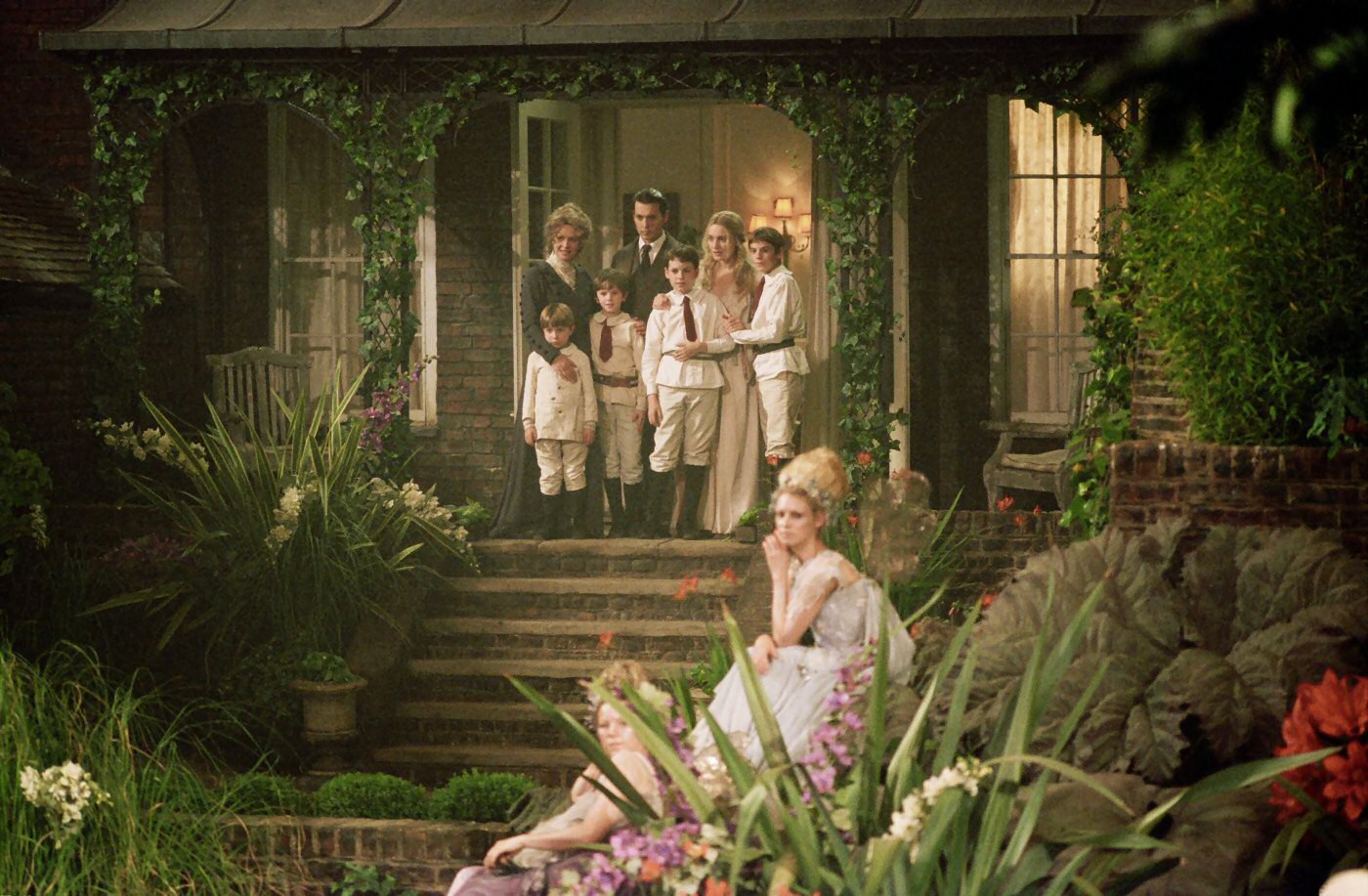Nausicaä of the Valley of the Wind
......................................................................
....................................................................
Wo aber Gefahr ist, wächst
Das Rettende auch
(But where danger is, grows
The saving power also.)
~ Hölderlin's poem "Patmos"
....................................................................
Everyone sees the world differently and interprets it differently. These views, opinion, and beliefs can be seen as one's politics or as the things which shape one's political view. These views are inherent in one's actions and works. Therefore, media is political whether it strives to be or not. One film which is quite pointed in its ideals and politics in Hayao Miyazaki's film Nausicaä of the Valley of the Wind (1984). These ideals are encompassed by the protagonist, Princess Nausicaä, who strives to keep peace between warring nations and between the humans and the insects. She is a pacifist and it is her stance for peace that drives her character to heroism and to saving the world, both politically between the warring nations, and the actual physical world of life of the earth they live on.
One political stance which Nausicaä makes in the film is that the oppression can be a necessary endearment since it may save life, as opposed to rising up in pride of one's homeland and falling into death. She is not absolute against violence, which is apparent when she takes revenge on the soldiers who killed her father and when she fights for the people she loves. But she values life over the pride of her homeland which is why she allows her people to be oppressed. This is a difficult topic, since many would rather die for their country than serve another. But the film places more value on having the opportunity to live, as opposed to dying for a cause that is probably destined to fail. It appears, though, that if Nausicaä could have overpowered the intruders of their land with minimal casualties she probably would have, but she decided to swallow her pride to save the lives of those who couldn't have endured such a battle, like the children.
The film also makes several statements in the film about the importance of preserving the earth and the creatures it houses. Nausicaä, from a young age, sought to understand and make friends with the insects rather than kill them. This understanding is what brings her to love and care for the creatures. And it is the insects understanding of Nausicaä's love and compassion for them and their young that leads them to distill their anger against the humans for Nausicaä's sake. So, the film is teaching the value of trying to understand one's enemies, because it you can understand them you can understand how to appease their anger and possibly form a friendship. Also, Nausicaä strives to preserve the earth and comes to understand that the earth has the ability to cleanse itself from the toxins of humans, as long and humans give the earth a chance. The film really speaks strongly about trying to help the earth and not to destroy it.
Also, my favorite idea of the film I feel is well put in Hölderlin's poem "Patmos" when the poem states "But where danger is, grows/ The saving power also". I like this statement because it shows that the trails and danger uncover the possibilities of how to be saved from them. This is particularly true through the course of this film. It is the presence of the insects which guard the jungle where the under-forest purifies the water for the humans. The insects are the ones who have saved the humans. They are the humans danger but they are also the humans saving power. This emphasizes the importance of trying to understand the world rather than fighting it because you don't always see how the world is saving you.


